89513 results
Provincial Urbanity
- Intellectuals and the Hinterland in Colonial India
- Coming soon
-
- Expected online publication date:
- April 2025
- Print publication:
- 01 March 2026
-
- Book
- Export citation
A First Course in Magnetohydrodynamics
- Coming soon
-
- Expected online publication date:
- January 2025
- Print publication:
- 31 October 2024
-
- Book
- Export citation
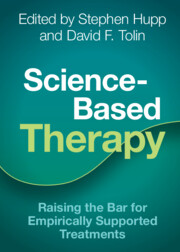
Science-Based Therapy
- Raising the Bar for Empirically Supported Treatments
- Coming soon
-
- Expected online publication date:
- December 2024
- Print publication:
- 31 October 2024
-
- Book
- Export citation
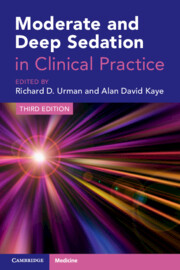
Moderate and Deep Sedation in Clinical Practice
- Coming soon
-
- Expected online publication date:
- November 2024
- Print publication:
- 30 November 2024
-
- Book
- Export citation
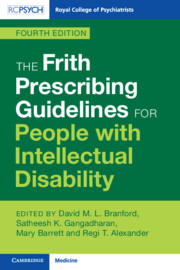
The Frith Prescribing Guidelines for People with Intellectual Disability
- Coming soon
-
- Expected online publication date:
- November 2024
- Print publication:
- 30 November 2024
-
- Book
- Export citation
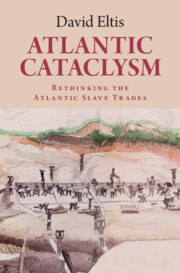
Atlantic Cataclysm
- Rethinking the Atlantic Slave Trades
- Coming soon
-
- Expected online publication date:
- November 2024
- Print publication:
- 31 October 2024
-
- Book
- Export citation
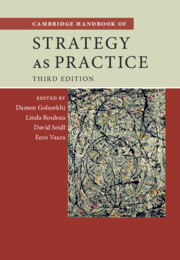
Cambridge Handbook of Strategy as Practice
- Coming soon
-
- Expected online publication date:
- November 2024
- Print publication:
- 31 October 2024
-
- Book
- Export citation
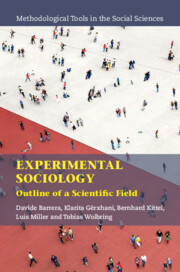
Experimental Sociology
- Outline of a Scientific Field
- Coming soon
-
- Expected online publication date:
- November 2024
- Print publication:
- 30 November 2024
-
- Book
- Export citation
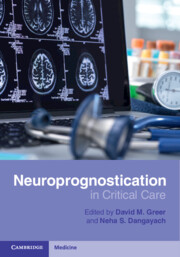
Neuroprognostication in Critical Care
- Coming soon
-
- Expected online publication date:
- November 2024
- Print publication:
- 30 November 2024
-
- Book
- Export citation
Interpreting R. G. Collingwood
- Critical Essays
- Coming soon
-
- Expected online publication date:
- November 2024
- Print publication:
- 30 November 2024
-
- Book
- Export citation
5. - Fighting for Carrots
-
- Book:
- Syndicates and Societies
- Published online:
- 31 August 2024
- Print publication:
- 31 October 2024, pp 129-149
-
- Chapter
- Export citation
6. - (Not So) Friendly Societies
-
- Book:
- Syndicates and Societies
- Published online:
- 31 August 2024
- Print publication:
- 31 October 2024, pp 150-165
-
- Chapter
- Export citation
Index
-
- Book:
- Syndicates and Societies
- Published online:
- 31 August 2024
- Print publication:
- 31 October 2024, pp 207-210
-
- Chapter
- Export citation
Glossary
-
- Book:
- Syndicates and Societies
- Published online:
- 31 August 2024
- Print publication:
- 31 October 2024, pp 185-188
-
- Chapter
- Export citation
Acknowledgements
-
- Book:
- Syndicates and Societies
- Published online:
- 31 August 2024
- Print publication:
- 31 October 2024, pp ix-x
-
- Chapter
- Export citation
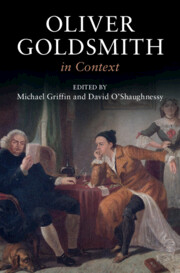
Oliver Goldsmith in Context
- Coming soon
-
- Expected online publication date:
- October 2024
- Print publication:
- 31 October 2024
-
- Book
- Export citation
Introduction
-
- Book:
- Syndicates and Societies
- Published online:
- 31 August 2024
- Print publication:
- 31 October 2024, pp 1-21
-
- Chapter
- Export citation
Bibliography
-
- Book:
- Syndicates and Societies
- Published online:
- 31 August 2024
- Print publication:
- 31 October 2024, pp 189-206
-
- Chapter
- Export citation
16 - National Memory, Moral Remembrance, and Populism
-
-
- Book:
- Claiming the People's Past
- Published online:
- 15 May 2024
- Print publication:
- 31 October 2024, pp 306-323
-
- Chapter
- Export citation
2. - The Years of Terror
-
- Book:
- Syndicates and Societies
- Published online:
- 31 August 2024
- Print publication:
- 31 October 2024, pp 46-72
-
- Chapter
- Export citation

